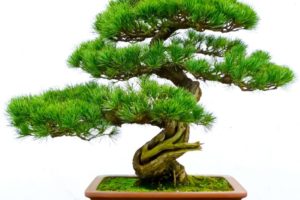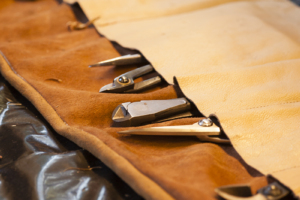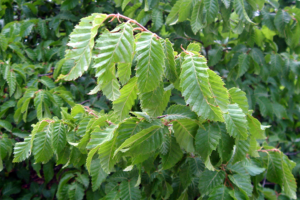YouTube
WATCH BEFORE Buying Bonsai Tools
Bonsai Pruning Saw: A Guide to Proper Use and Maintenance
Bonsai pruning saws are essential tools for bonsai enthusiasts and professional growers alike. These specialized saws are designed to help shape and maintain the bonsai tree’s intricate and delicate branches. Whether you are a seasoned bonsai master or just starting out, a quality bonsai pruning saw can make a big difference in your results. In this blog, we will discuss the use and care of bonsai pruning saws and provide tips for successful pruning.
Why Use a Bonsai Pruning Saw?
Bonsai pruning saws are designed specifically for the small and intricate branches of bonsai trees. Unlike traditional saws, bonsai pruning saws have a finer, more flexible blade that allows for precision cutting without damaging the branches or bark of the tree. They also have a comfortable handle for a secure grip during use. The design of a bonsai pruning saw allows for a clean, precise cut that promotes healthy growth and helps maintain the desired shape of the tree.
Types of Bonsai Pruning Saws
Several different types of bonsai pruning saws are available on the market, each with its unique design and features. Some of the most popular types include:
Razor-Tooth Saws: These saws have extremely sharp, razor-like teeth that allow for quick and efficient cutting. They are ideal for removing thicker branches and for the initial shaping of a bonsai tree.
Curved Saws: Curved saws have a curved blade that makes it easier to cut branches in tight spaces or at awkward angles.
Flush-Cut Saws: These saws are designed to make flush cuts, which are cuts that are level with the surface of the branch or trunk. This type of cut promotes healing and prevents damage to the bark of the tree.
Tips for Proper Use of Bonsai Pruning Saws
Start with a sharp saw: A dull saw will result in jagged cuts that can damage the branches and bark of the tree. It is important to sharpen your bonsai pruning saw before each use to ensure a clean and precise cut.
Cut at a slight angle: Cutting at a slight angle helps to promote healthy growth and reduces the risk of bark damage. The angle should be about 30 degrees from the horizontal plane.
Cut just above a bud: When pruning, it is important to cut just above a bud, as this is where new growth will emerge from.
Cut slowly and carefully: Take your time when using a bonsai pruning saw. Rushing through the process can result in mistakes that can damage the tree.
Tips for Proper Maintenance of Bonsai Pruning Saws
Clean the saw after each use: Use a soft cloth to wipe down the blade of the saw after each use. This will help to prevent rust and extend the life of the saw.
Store the saw in a dry place: Moisture can cause rust and other forms of corrosion. Store your bonsai pruning saw in a dry place when not in use.
Sharpen the saw regularly: A dull saw can cause damage to the tree and make the pruning process more difficult. Regular sharpening will keep the saw in top condition and ready for use.
Conclusion
Bonsai pruning saws are essential tools for shaping and maintaining bonsai trees. With their fine, flexible blades, these saws are designed to easily cut through branches and foliage without damaging the tree or other nearby parts. Whether you are a beginner or an experienced bonsai grower, having a high-quality bonsai pruning saw in your toolkit will make your bonsai maintenance tasks much easier and more precise. When selecting a bonsai pruning saw, it is important to consider factors such as blade length, teeth per inch, and handle design for a comfortable grip. Remember to keep your bonsai pruning saw sharp and clean to ensure optimal performance and longevity.








Leave a Reply
Your email is safe with us.
You must be logged in to post a comment.